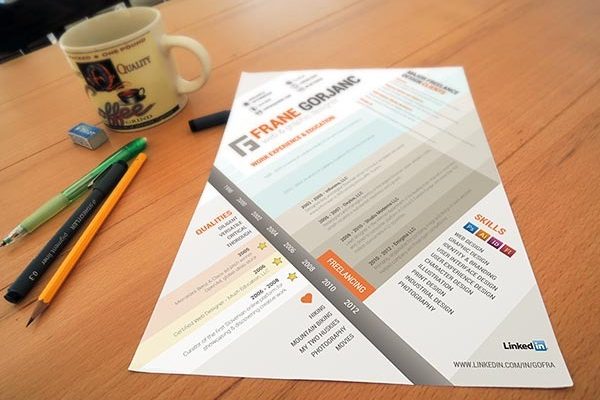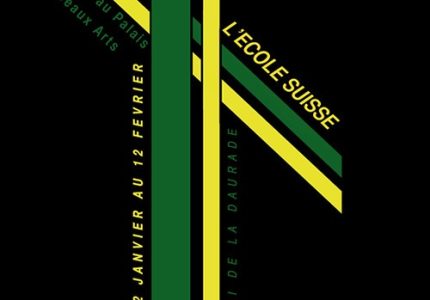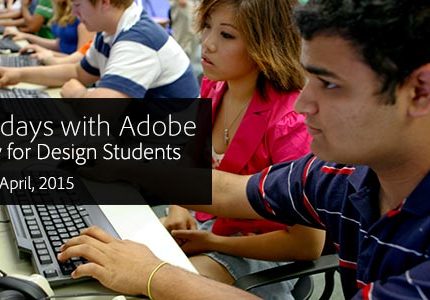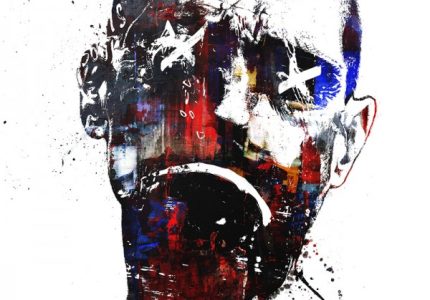Examples of Graphic Design in Branding
Graphic design plays a vital role in shaping a brand’s identity and making it memorable. Through creative visuals, colors, and typography, businesses can communicate their core message and values effectively. From logos and packaging to advertisements and digital interfaces, examples of graphic design in branding showcase how visual elements influence consumer perception and build brand recognition.
Logo Design
Graphic design plays a vital role in branding and logo creation, helping businesses establish a distinct visual identity. Examples of effective graphic design in branding include the Coca-Cola logo with its classic script font and red color scheme, which evoke a sense of tradition and refreshment. Apple’s sleek and minimalist logo reflects innovation and simplicity, aligning with its product design philosophy. Nike’s swoosh symbolizes movement and athleticism, instantly recognizable and associated with performance. Additionally, the Starbucks siren logo conveys a sense of community and welcoming ambiance, enhancing brand recognition worldwide. These examples demonstrate how thoughtful graphic design elements contribute significantly to the recognition and personality of brands.
Business Card Layouts
Graphic design plays a vital role in branding, creating a visual identity that communicates a company’s personality and values. Examples include logo designs that are instantly recognizable, consistent color schemes, and unique typography that set a brand apart. For business card layouts, effective graphic design ensures information is clear while showcasing the brand’s style through creative use of logo placement, color palette, and typography. Well-designed business cards often incorporate elements like subtle patterns or contrasting textures to leave a memorable impression and reinforce brand identity.
Packaging Design
Graphic design plays a crucial role in creating memorable branding and packaging that attract consumers and communicate brand identity effectively. Examples of graphic design in branding include logo design, brand color palettes, and typography choices that help distinguish a company in the marketplace.
- Apple’s minimalist logo and sleek product packaging exemplify elegant and modern graphic design that emphasizes simplicity and innovation.
- Coca-Cola’s distinctive script font and vibrant red color create instantly recognizable branding across global markets.
- Nike’s swoosh logo and bold visuals communicate movement and athleticism, reinforcing their brand message.
In packaging design, creative graphics enhance product appeal and convey brand story. Examples include:
- Absolut Vodka’s iconic bottles feature artistic labels that showcase creative illustrations, making them stand out on shelves.
- Tiffany & Co.’s signature blue packaging evokes luxury and exclusivity through elegant graphics and typography.
- Ben & Jerry’s ice cream cartons often display playful, colorful illustrations that emphasize their fun and quirky brand personality.
Examples of Graphic Design in Advertising
Graphic design plays a crucial role in advertising by creating visual content that captures attention and communicates messages effectively. From eye-catching logos to compelling advertisements, examples of graphic design in advertising showcase how visuals can influence consumer perception and drive brand recognition. These creative designs combine typography, imagery, and layout to deliver impactful marketing campaigns that stand out in a crowded marketplace.
Magazine Advertisements
Graphic design plays a crucial role in advertising and magazine advertisements by capturing attention and conveying messages effectively. In advertising, bold and vibrant visuals are often used to attract viewers quickly, such as product packaging designs that highlight key features through creative typography and color schemes. Magazine advertisements frequently demonstrate elegant layouts, combining high-quality images with strategic placement of text to enhance readability and appeal. Examples include full-page ads for luxury brands that utilize minimalist design elements to evoke sophistication, or promotional inserts featuring eye-catching illustrations and logos. These graphic design techniques ensure that advertisements stand out in a crowded media space, effectively communicating brand identity and driving consumer engagement.
Billboards and Large-Format Prints
Examples of graphic design in advertising include a variety of visually compelling materials that capture attention and communicate messages effectively. Among these, billboards and large-format prints stand out as prominent formats where creative graphic design plays a crucial role in reaching a broad audience.
- Billboards with bold typography and eye-catching images designed to be visible from a distance, such as Coca-Cola’s iconic billboard campaigns.
- Large-format prints used in event promotions, featuring vibrant colors and striking visuals to attract viewers’ attention in busy urban environments.
- Vehicle wraps that transform cars and buses into moving advertisements with cohesive graphic designs that promote brands or products.
- Outdoor posters with clear messaging and compelling visuals that enhance brand visibility in public spaces.
- Store window decals and wall murals that utilize graphic design elements to draw customers into a retail space or convey brand identity.
Digital Banner Ads
Graphic design plays a crucial role in advertising, especially in digital banner ads that catch the viewer’s attention quickly. Examples of effective graphic design in advertising include bold color schemes that evoke emotions, compelling imagery that communicates the brand message, and creative typography that highlights key information. Digital banner ads often feature animated graphics to engage users and increase click-through rates. Clever use of space and contrast helps to direct the viewer’s focus toward call-to-action buttons, making the ads more effective. Overall, well-designed banner ads utilize visual elements strategically to enhance brand visibility and drive consumer engagement.
Examples of Graphic Design in Digital Media
Graphic design in digital media plays a vital role in conveying messages visually and engaging audiences effectively. From captivating website layouts to eye-catching social media posts, examples of graphic design demonstrate creativity and innovation in digital communication. These designs help brands stand out and establish a memorable online presence, showcasing the artistry and strategic thinking behind visual content.
Website Layouts and UI Design
Examples of graphic design in digital media include social media graphics, digital advertisements, and animated banners that capture attention and convey brand messages effectively. Website layouts demonstrate the creative use of typography, color schemes, and visual hierarchy to enhance user experience and accessibility. UI design focuses on designing intuitive interfaces for applications and websites, incorporating iconography, buttons, and navigation elements that are both aesthetically pleasing and functional. These examples illustrate the vital role of graphic design in engaging audiences and improving digital interactions.
Social Media Graphics
Digital media and social media platforms are rich with diverse examples of graphic design that capture attention and convey messages effectively. These visuals are essential for branding, marketing, and engagement across various channels.
- Social media banners and cover photos that create a strong visual identity for brands.
- Infographics that simplify complex data into visually appealing and easy-to-understand graphics.
- Animated graphics and GIFs used to make content lively and engaging on platforms like Instagram and Twitter.
- Memes and humorous images that utilize graphic design elements to entertain and increase shareability.
- Product showcase images with creative layouts and high-quality visuals to attract potential customers.
- Promotional posters and digital ads designed with vibrant colors and compelling typography to drive sales and awareness.
- Profile icons and avatars that reflect brand personality and enhance recognizability.
Email Templates
Examples of graphic design in digital media, such as email templates, showcase the importance of visual appeal and effective communication. Well-designed email templates use color schemes, typography, and imagery to capture attention and convey messages clearly. They often include branded logos and consistent layouts that reinforce brand identity. Additionally, these templates are optimized for various devices, ensuring a seamless experience for all users. Creative use of graphics and layout in email templates can increase engagement and improve the overall effectiveness of digital marketing campaigns.
Examples of Graphic Design in Editorial Content
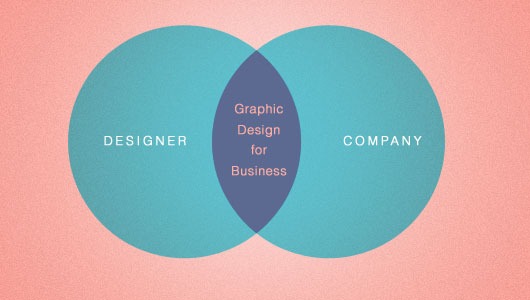
Graphic design plays a vital role in enhancing editorial content by making articles more engaging and visually appealing. Through creative layouts, compelling images, and thoughtful typography, designers help convey messages effectively and capture readers’ attention. Examples of graphic design in editorial work range from magazine covers to infographic illustrations, showcasing how visuals can complement and elevate written content.
Magazine and Newspaper Layouts
Examples of graphic design in editorial content include the use of bold typography to highlight headlines, creative use of color schemes to evoke certain moods, and the integration of images and illustrations to complement the written content. Magazine layouts often feature grid systems to organize articles seamlessly, incorporating eye-catching cover designs, pull quotes, and diverse visual elements that enhance readability and visitor engagement. Newspaper layouts typically utilize columns, sidebars, and infographics to present information clearly and efficiently, making complex data accessible. Overall, graphic design in editorial content emphasizes visual hierarchy, consistency, and aesthetic appeal to improve the reader’s experience and convey messages effectively.
Book Cover Design
Examples of graphic design in editorial content include the use of imaginative layouts, typography, and imagery that enhance the storytelling and visual appeal of magazines and newspapers. Book cover design is a prominent area where graphic designers create compelling visuals that attract readers, convey the book’s theme, and set the tone for the story inside. Iconic book covers often feature bold typography, illustrative artwork, and innovative compositions that make them stand out on shelves. Both editorial content and book cover design showcase how graphic design can communicate ideas effectively and evoke emotions through visual elements.
Infographics
Examples of graphic design in editorial content include the use of well-designed magazine covers that immediately capture the reader’s attention, making complex stories more engaging through visual storytelling. Infographics are a prominent example, visually representing data, statistics, or information in a clear and concise manner, such as timelines, process diagrams, or comparative charts. These graphic elements help readers quickly grasp key points and enhance the overall readability of the articles. Additionally, pull quotes and stylized headlines utilize creative typography and layout to emphasize important information, making editorial content more visually appealing and accessible. Overall, these graphic design elements play a crucial role in guiding the reader’s focus and improving the communication of ideas within editorial content.
Examples of Graphic Design in Packaging
Graphic design plays a vital role in creating compelling packaging that attracts consumers and communicates brand values. From bold typography to eye-catching illustrations, innovative design elements transform simple packaging into a visual experience. These examples showcase how effective graphic design can elevate product appeal and distinguish brands in a competitive marketplace.
Product Labels
Examples of graphic design in packaging and product labels showcase creativity and branding strategies that attract consumers and communicate product information effectively.
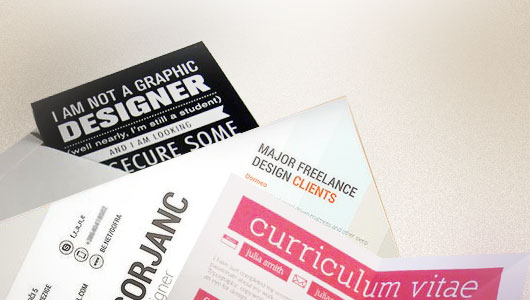
- Clothing and Apparel Labels – Using bold typography and vibrant colors to reflect brand identity and appeal to target audiences.
- Food Product Packaging – Incorporating appetizing images and clear typography to catch the eye on store shelves.
- Cosmetic Packaging – Employing elegant graphics and minimalist design to convey luxury and sophistication.
- Beverage Labels – Utilizing dynamic illustrations and distinctive fonts to stand out on crowded shelves.
- Electronics Packaging – Incorporating sleek, modern graphics that emphasize innovation and technology.
- Organic and Natural Products – Using earthy tones and hand-drawn illustrations to emphasize authenticity and eco-friendliness.
Shopping Bags and Wrapping Paper
Graphic design plays a vital role in creating visually appealing packaging, shopping bags, and wrapping paper that attract consumers and communicate brand identity. For example, luxury brands often use elegant typography, minimalist color schemes, and sophisticated illustrations on their packaging to convey exclusivity. Shopping bags frequently feature bold graphics, vibrant colors, and eye-catching logos to stand out in retail environments. Wrapping paper often showcases intricate patterns, seasonal themes, or playful illustrations, enhancing the gift-giving experience. These design elements not only serve functional purposes but also help in building brand recognition and emotional connection with customers.
Food Packaging Design
Graphic design plays a crucial role in packaging, especially in food packaging, where visual appeal can significantly influence consumer choice. Examples of graphic design in packaging include the use of vibrant colors and bold typography on snack packaging to attract attention. Another example is the minimalist and clean layout found on organic food labels, which emphasizes purity and simplicity. Creative illustrations and unique logo designs are also common in beverage packaging, such as wine bottles or juice cartons, to convey brand identity and differentiate products on the shelves. Additionally, textured and embossed graphics are used in premium chocolate packaging to evoke a sense of luxury. Overall, effective graphic design in food packaging combines aesthetic appeal with clear communication of product information, making it an essential component of successful marketing strategies.
